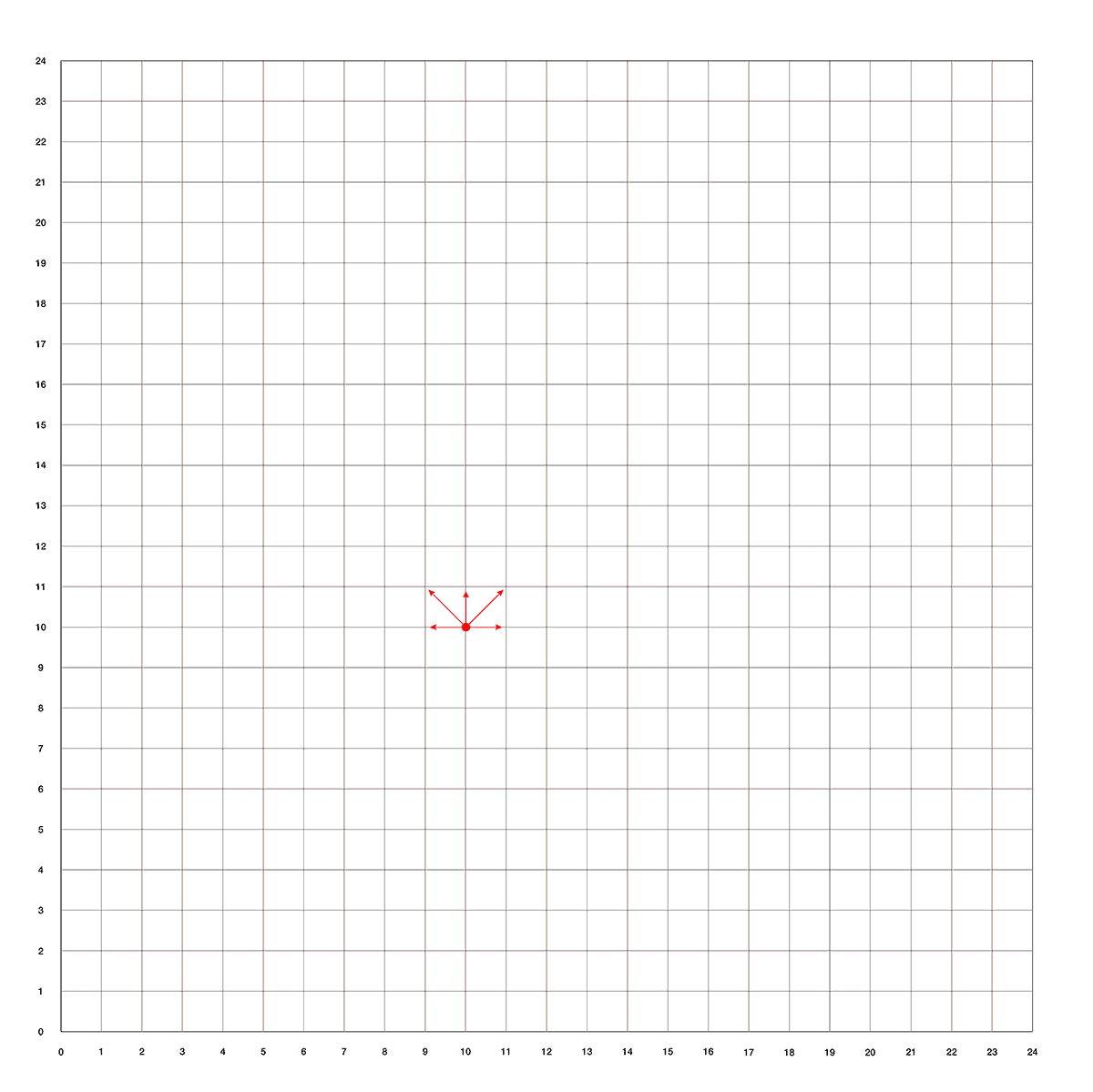When is the auction?
The 60-minute Dutch auction for LINE begins on Wednesday, February 21st at 10AM PT / 1PM ET / 7PM CET. The auction will take place on this website. If works are still available at the end of the Dutch auction, minting will be open for 48 hours at the resting price.
How much will it cost to mint one?
The Dutch auction will have a starting price of 1.0 ETH, going down to 0.15 ETH.
How will the auction work?
The Dutch auction is first come, first served. Collectors can choose to mint specific tokens or mint random ones. Tokens will be minted as soon as a bid is placed. Note that there will not be rebates. However, allowlisted wallets will be eligible for a discount at the time of mint.
Can I mint multiple tokens?
Yes, you can mint up to 5 at a time.
What is the collection size?
A total of 250 tokens will be available for mint. If the collection does not mint out after the auction or 48-hour minting period, the remaining tokens will not get minted.
What chain is LINE on?
LINE will live on Ethereum Mainnet.
How the auction works
How is the grid structured?
The collection is structured on a grid with coordinates. There is an image for every coordinate on the grid.
What is a token and how do they function on the grid?
Tokens consist of an origin point and images in its “field of view.” Their placement on the grid determines what they can see. The artist hand-picked all initial origin points. Note that there are fewer tokens than coordinates.
What will my field of view look like?
Fields of view are unique, but they may overlap with others. They are defined by the 625 photographs of the 25 x 25 grid. A specific coordinate can only be occupied by one token at a time. Images cycle daily per token. A full image cycle takes 10 days for a normal token and 16 days for a “star” token.
What should I do during the Discovery phase before the auction?
During the discovery phase, you can explore the grid by moving a token freely along different paths to reveal images in the landscape. It’s important to take note of which coordinates you prefer to mint. You can restart the exploration as many times as you wish to discover new fields of view. Once the auction begins, you’re encouraged to mint the tokens you like as quickly as possible before they are minted by someone else. Visit the “Playground” here.
Can I move a token to a new coordinate during the auction?
You will not be able to move the token to a new coordinate until the collection mints out, or at the end of the 48-hour minting period.
What happens at the end of the auction?
Collectors can move their tokens to new coordinates on the grid after the collection mints out, or at the end of the 48-hour minting period. A token's origin point is the anchor of its field of view. When a collector moves a token, they move the origin point. Collectors can move around and discover the entire grid of images/the synthetic landscape.
What determines the movements a token can make on the grid?
Tokens are pieces; they can go up or down, diagonally or laterally; they simulate a 180-degree field of view. Tokens minted below the middle line face up (red) while tokens minted above face down (blue), some tokens face up, others down.
How can I move my token to a new coordinate?
Tokens can be moved on the grid, on this website, or by using simple smart-contract functions; their movements are limited, and they cannot move on a coordinate that is already used by another.
Do I have to pay anything to move my token?
Movements are free. Yet, the only cost is the gas fees associated with the move function.
How can I get a special “star” token with a 360-degree field of view?
The first 25 tokens to reach the upper or lower borders of the grid can use a special function that will allow them to choose to relocate to any coordinate on the grid they want. Their token's field of view will change to become a full 360-degree. If they decide to do so, their position will be locked down, and they cannot move anymore.








